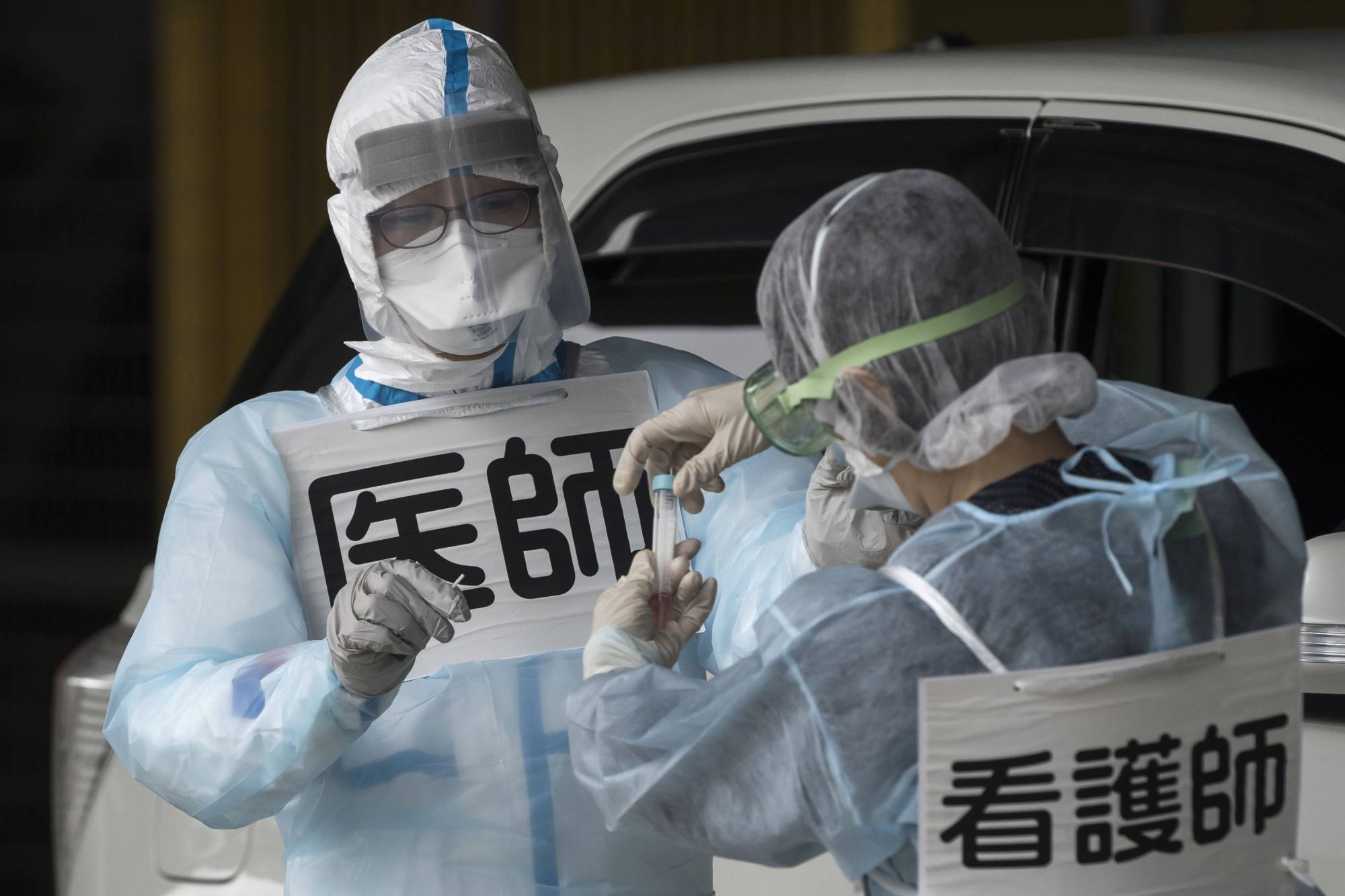The virus might have been new, but for Yuko Koizumi the work was still the same.
In Kawasaki, nearly 300 people had tested positive for the coronavirus by early June. But Koizumi was unperturbed. As head of infectious disease response for the city’s network of over seven public health centers, she was able to draw on a familiar strategy used in past pandemics and seasonal outbreaks: trace infection routes via close contacts, check on recuperating patients and arrange treatment where needed.
It’s a playbook that may have made all the difference in Japan’s unorthodox, though largely successful, virus response.

















With your current subscription plan you can comment on stories. However, before writing your first comment, please create a display name in the Profile section of your subscriber account page.